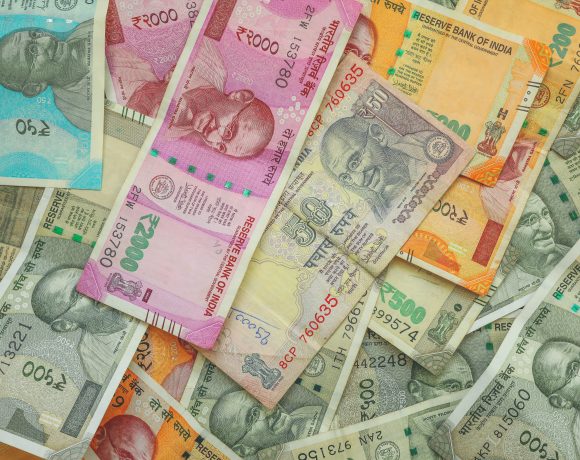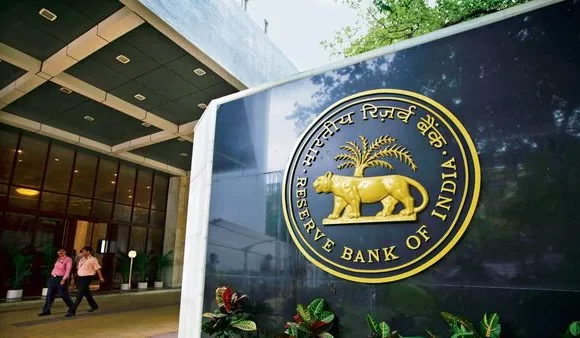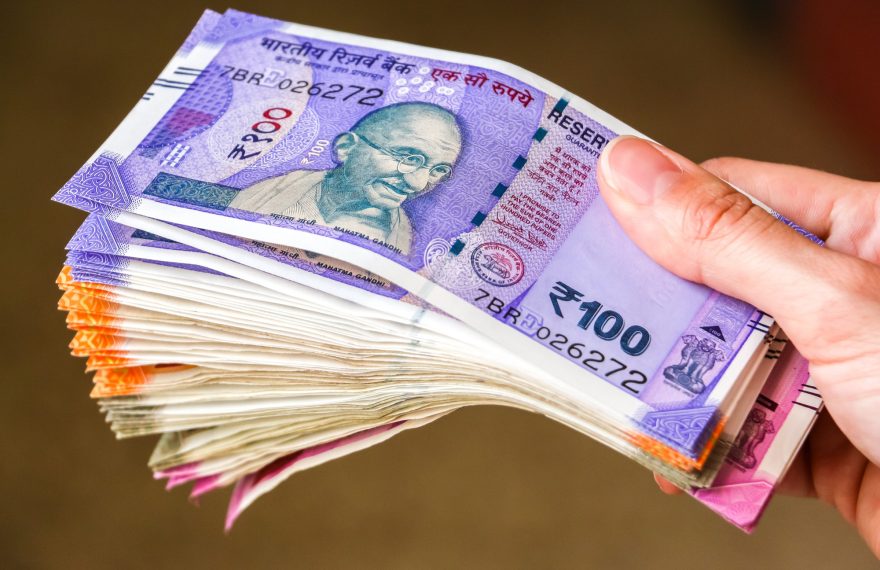The Indian rupee has fallen to a new record low, driven by mounting concerns over trade policies and global economic trends. Meanwhile, the Indian bond market is closely monitoring upcoming U.S. inflation data, which could influence interest rate decisions and investor sentiment. Impact of U.S.

The Indian rupee plunged to an all-time low of 87.96 against the U.S. dollar following the announcement of new tariffs by the United States. The depreciation reflects growing concerns over trade tensions and their impact on global markets. U.S. Tariffs Trigger Currency Decline The decline in the rupee was triggered by the latest announcement of […]

The Indian rupee opened stronger against the US dollar after the United States decided to pause tariffs on imports from Canada and Mexico. This move has brought temporary relief to global markets, leading to renewed investor confidence in emerging economies like India. US Tariff Decision and Its Impact The US administration had earlier announced new […]

The RBI has updated FEMA regulations, enabling cross-border rupee transactions and empowering exporters with foreign currency accounts to promote INR's global acceptance.
















